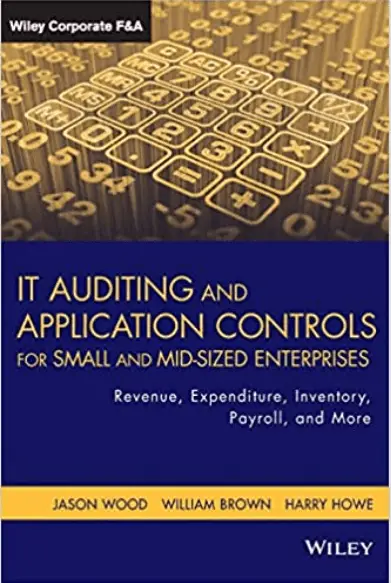Companies rely on information technology in several fields. However, it is also vulnerable to various security issues and breaches. Therefore, companies need to have measures or safeguard to protect their systems from such manipulation. Usually, they need to ensure that their systems perform according to both internal and prevalent standards. For that, they need to employ various controls.
The term control represents any policies, procedures, methods, or processes that help in managing risks. These processes help companies protect their assets and ensure the accuracy and reliability of their financial information. When it comes to controls related to information technology, there are two categories. These include general controls and application controls. Both of these are different in several key regards.
What are General Controls?
General controls include any controls related to the security, use, or design of computer programs. Similarly, it consists of any methods that help secure data or information within these systems. General controls apply throughout the organization. Any department or area within a business that uses information technology will include general controls as well.
General controls apply to any computerized application. Usually, these include a mixture of manual procedures and system software. Using these, companies can create an overall control environment. General controls are crucial in ensuring the effective operation of any programmed procedures within a company. These may also include physical controls that protect computer hardware.
Example of general controls includes software controls, physical hardware controls, data security controls, computer operations controls, etc. For example, a company may ensure that the hardware is only physically accessible to authorized personnel. It is an example of physical hardware controls, which are a part of general controls.
What are Application Controls?
Application controls, as the name specifies, include safeguards related to specific computer applications. For companies, these may consist of both automated and manual procedures. The software ensures that only authorized data gets processed by the application. Application controls relate to the accuracy and completeness of the data the enters the technology systems.
Application controls use several methods to ensure the data entered into the systems is complete and accurate. For some systems, these controls may be more crucial than others. For example, application controls may exist to check whether the data entered into a system is reasonable and meets the required format. There are three primary categorizations of application controls, including input, processing, and output controls.
For example, a company may require employees to fill forms for every order. Applications controls include checking whether the entered information meets the required format. For example, ensuring that employees can only put numbers for the units required. Similarly, it may include examining whether an order already exists with similar information to identify duplication.
What are the Key Differences between General and Application Controls?
There are several key differences between general and application controls. For companies that employ information technology systems, these controls are critical. It is crucial to have both of these controls. However, it is still necessary to understand how they differ from each other. Some of the aspects in which general and application controls vary are as below.
Definition
General controls apply to all computerized systems or applications. They include a mixture of software, hardware, and manual procedures that shape an overall control environment. In contrast, application controls are specific controls that differ with each computerized application. For example, the application controls for payroll systems differ from sales systems.
Types
As mentioned, general controls include software, hardware, and manual procedures. Therefore, these controls may consist of software controls, computer operations controls, data security controls, administrative controls, physical hardware controls, and much more.
On the other hand, application controls are more specific. As mentioned above, there are only three types of application controls. These include input, processing, and output controls. Each of these may consist of more kinds, which all fall under application controls.
Scope
General controls affect the operations of a company’s whole information technology system. Therefore, it has a broader scope when it comes to its usage. On the other hand, application controls only apply to one application. Therefore, application controls have a narrower and defined scope. However, that does not suggest that these controls are futile.
Example
As mentioned, general controls may include all controls related to information technology systems. Therefore, controls over data centre and network operations are an example of general controls. These controls are specific to any information that uses networks. Antivirus or firewall is a typical general control that applies to all information technology systems.
On the other hand, application controls are application-specific. Therefore, input controls are a prime example of application controls. With these controls, it is possible to validate any information that enters the systems. This way, companies can ensure only valid data gets into their systems. Control to make sure every employee gets paid once using the payroll software is application control.
Conclusion
Controls are a crucial part of any company. When it comes to information technology systems, companies have two options. These include general and application controls. Both of them are different from each other in several regards. Similarly, the differences include their definitions, scopes, types, and examples. Both of the above controls are crucial in ensuring the effectiveness and reliability of a company’s information technology systems.
If you want to get more understanding about application control, you can read the book on “IT Auditing and Application Controls for Small and Mid-Sized Enterprises: Revenue, Expenditure, Inventory, Payroll, and More, 1st Edition”

